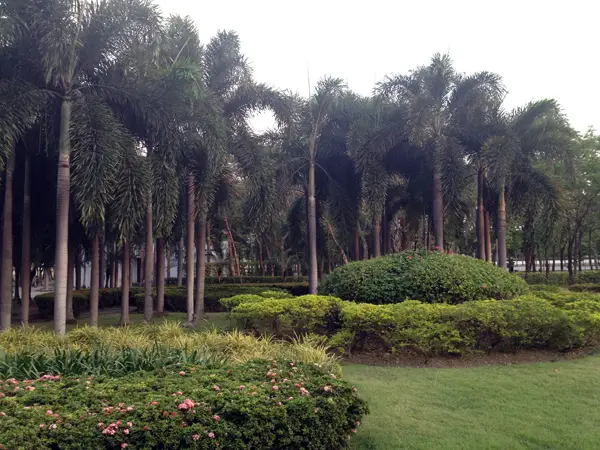If we accept 1590 as the year Yamada Nagamasa was born, on that fatal day in the spring of 1630, he would have been 40 years old. In less than 20 years, his dramatic and adventurous life had transformed a palanquin bearer in Numazu into the king of a small province in Southern Siam. Like many other heroes of Japan, he met a tragic end, and while a monument to him and the “Japanese of Siam” has recently been erected in Nakhon Si Thammarat, it is not even known where Nagamasa’s remains are resting.
There is very little known about the 1610s, Nagamasa’s first decade in Ayutthaya, end even less about his youth in Japan. What we know for sure is that his business in Ayutthaya flourised: he owned his own ship, and he could send cargoes of deerskin to Japan or food provisions to Batavia, which surely earned him significant profits.
Nagamasa never converted to Catolicism, but he also never discriminated against his Christian countrymen in Ayutthaya, even when the persecution began in Japan.
We do lack historical materials describing Nagamasa’s deeds as a condottiere, ie. a leader of mercenary soldiers. We know he defeated Sri Sin’s army thanks to trickery and he was able to establish himself in Ligor, even though he and his men were not able to subjugate the neighbouring kingdom of Patani.
Nagamasa could have been among the Japanese auxiliaries who might have fought the Burmese on the north in 1614, assuming that this campaign took place.
In 1629, with Song Tham dead and the Kalahom orchestrating court intrigues, Nagamasa was clearly one of the most powerful men in Ayutthaya, and might have had a chance to take over the whole kingdom. He tried hard o keep the promise he gave to Song Tham, “his” king. Eventually, Nagamasa preferred to abandon Ayutthaya, and to resettle in a more modest location, Ligor, surrounded by people he trusted.
He spent basically his entire adult life in Siam, and surely his character was also strongly defined by his adoptive society, which was tolerant and broad-minded. Perhaps Sakai Tadayo, the Tokugawa minister who in 1629 referred to him as a Siamese was not so far from the truth, after all.
Resources: “Samurai of Ayutthaya – The Historical Landscape of
Early 17th Century Japan and Siam: Yamada Nagamasa
and the Way to Ayutthaya” by Cesare Polenghi (p. 59-60)



